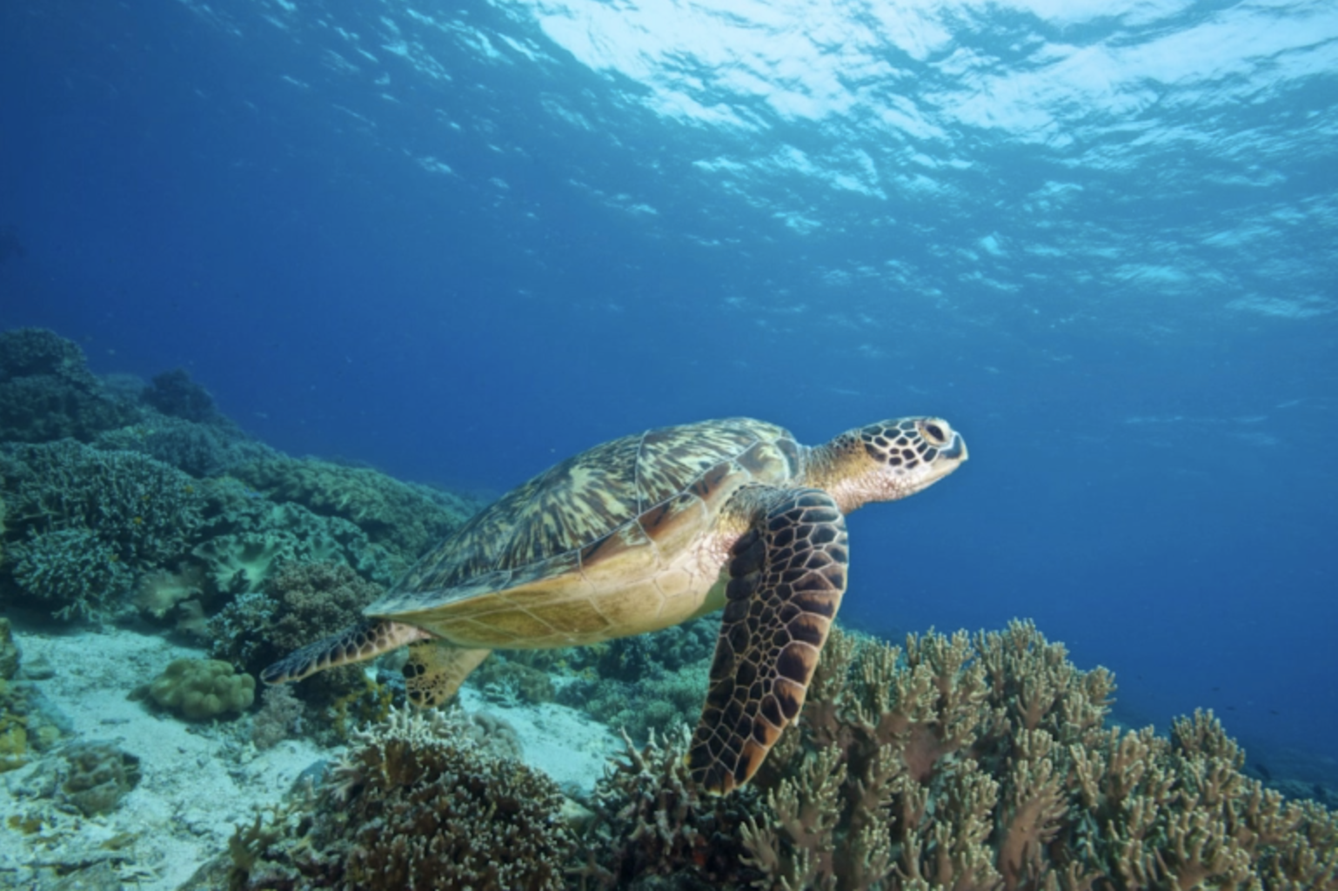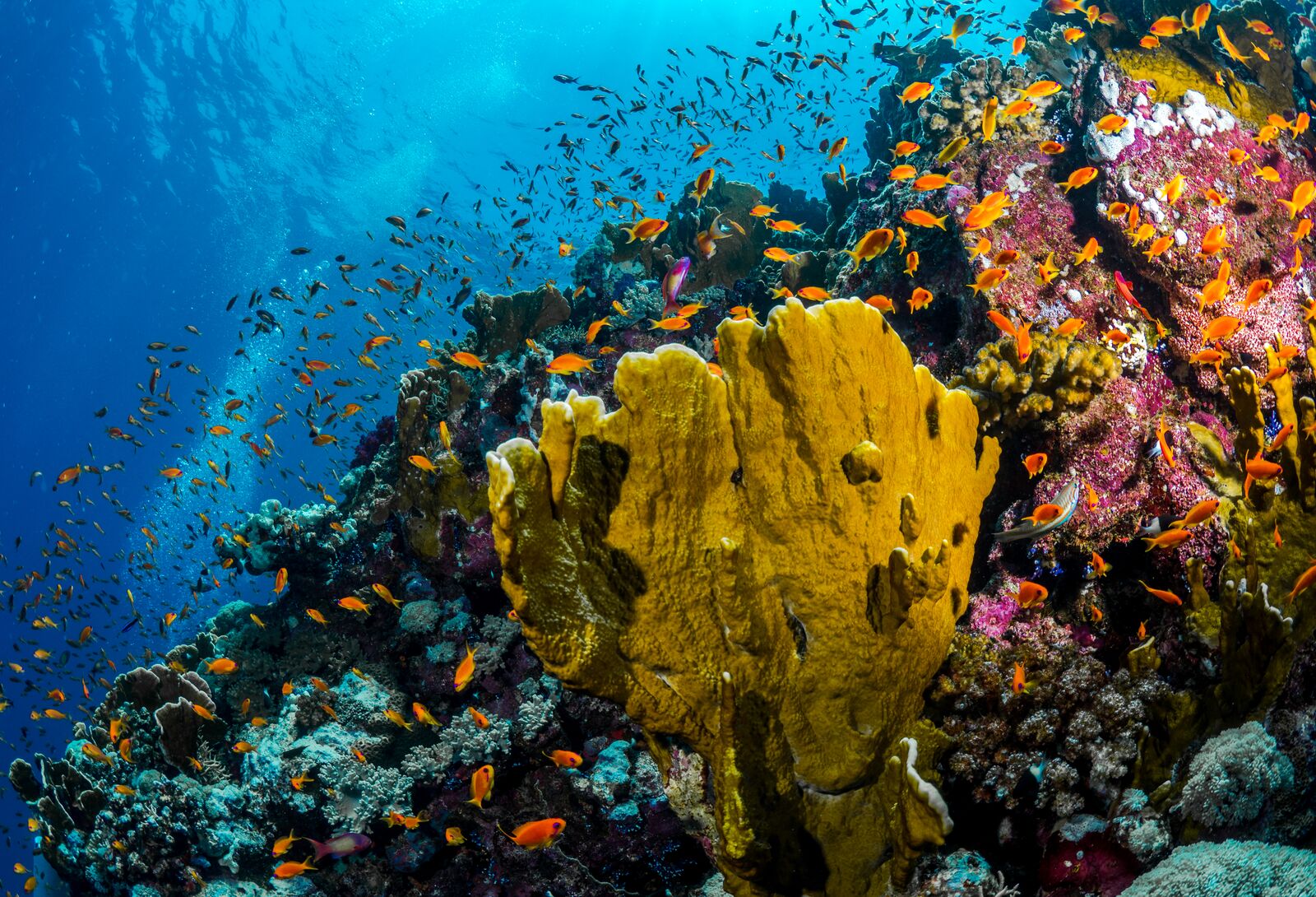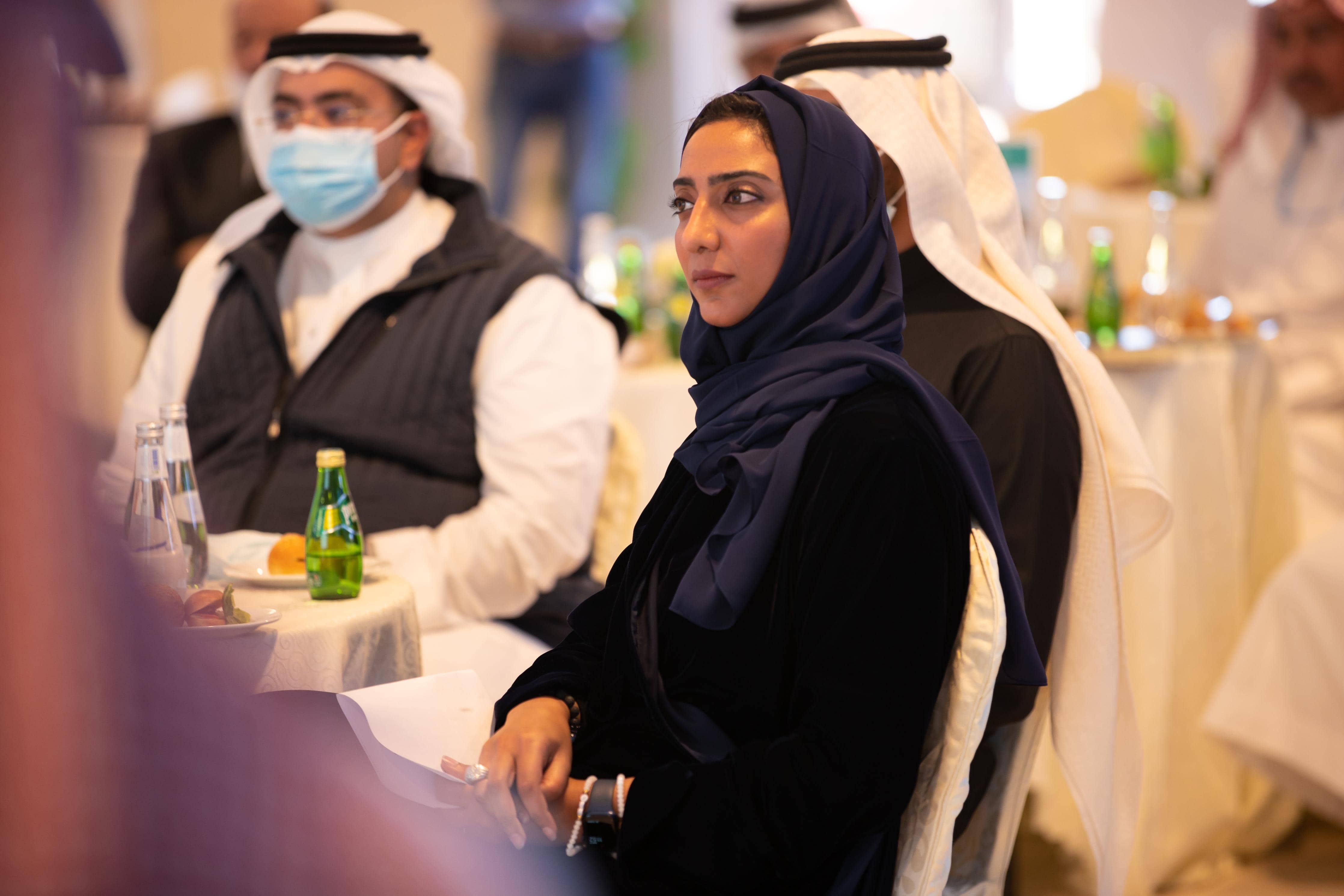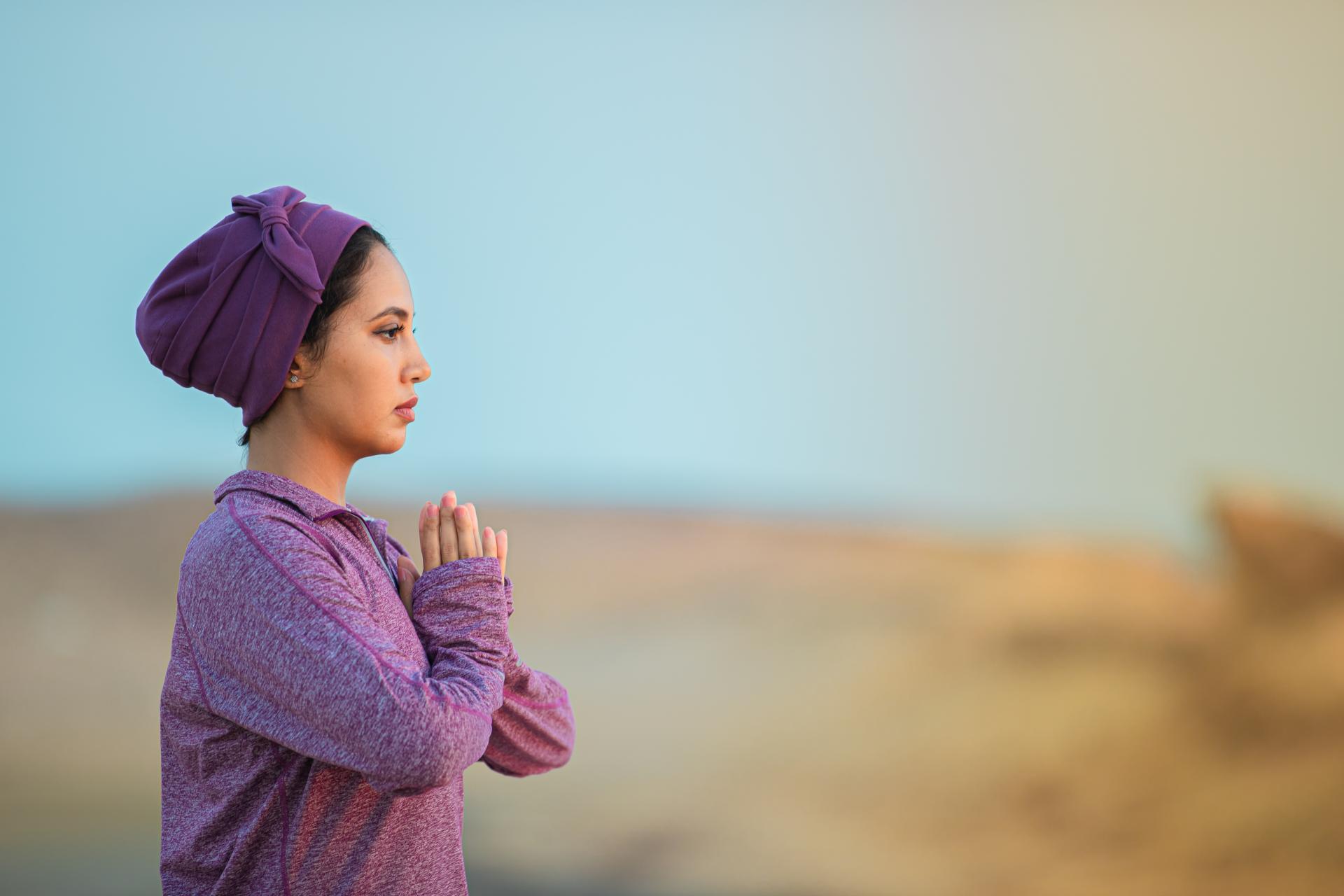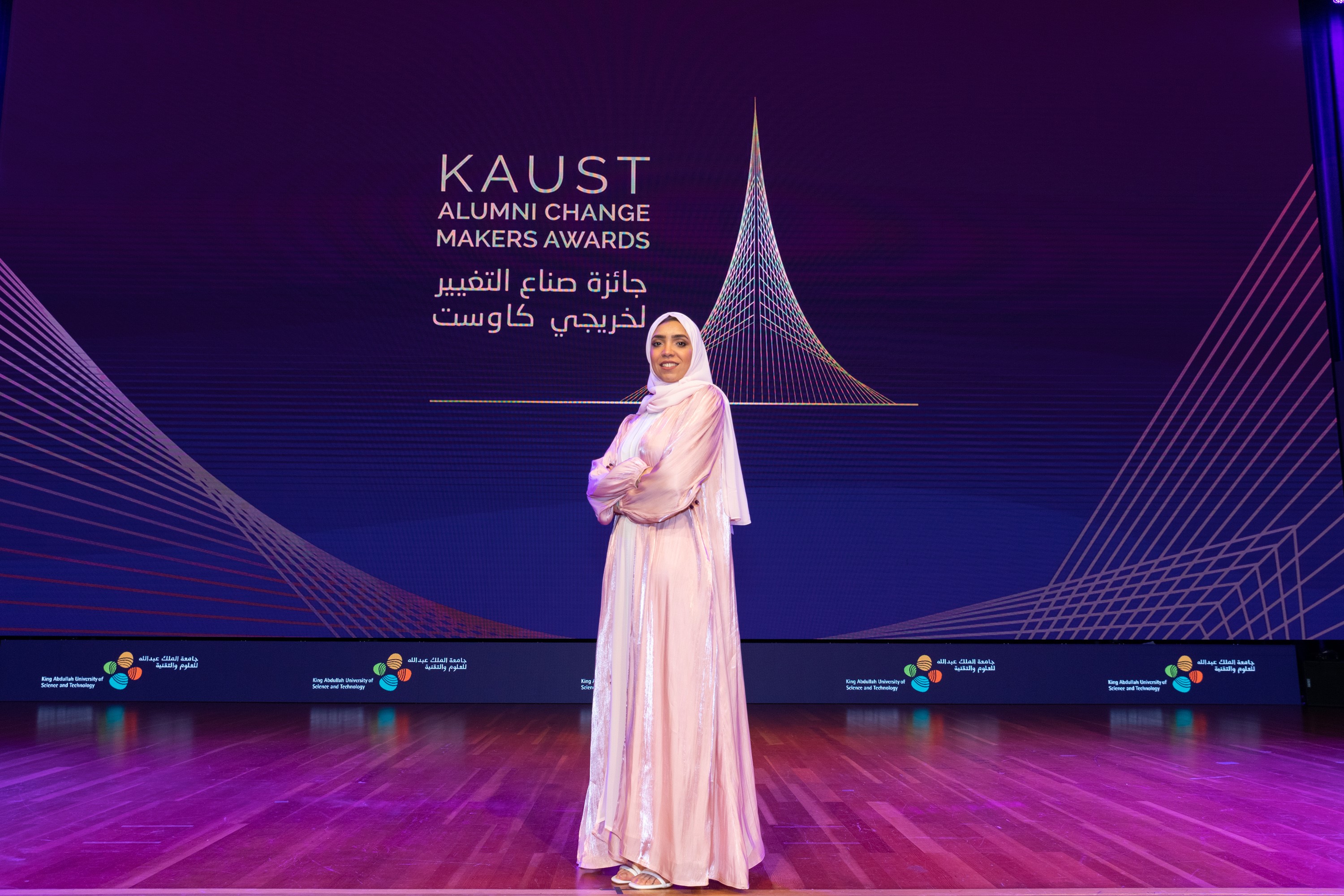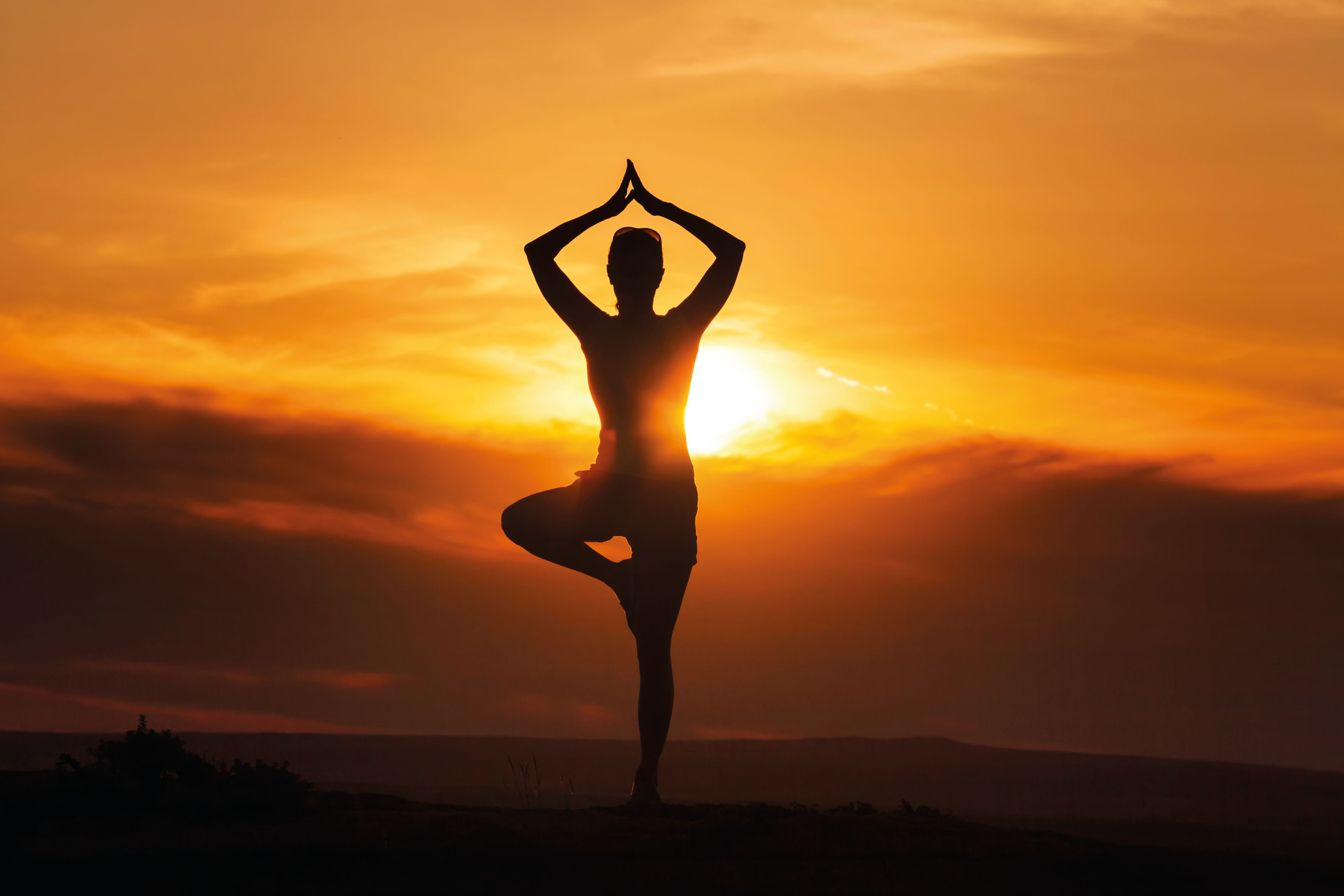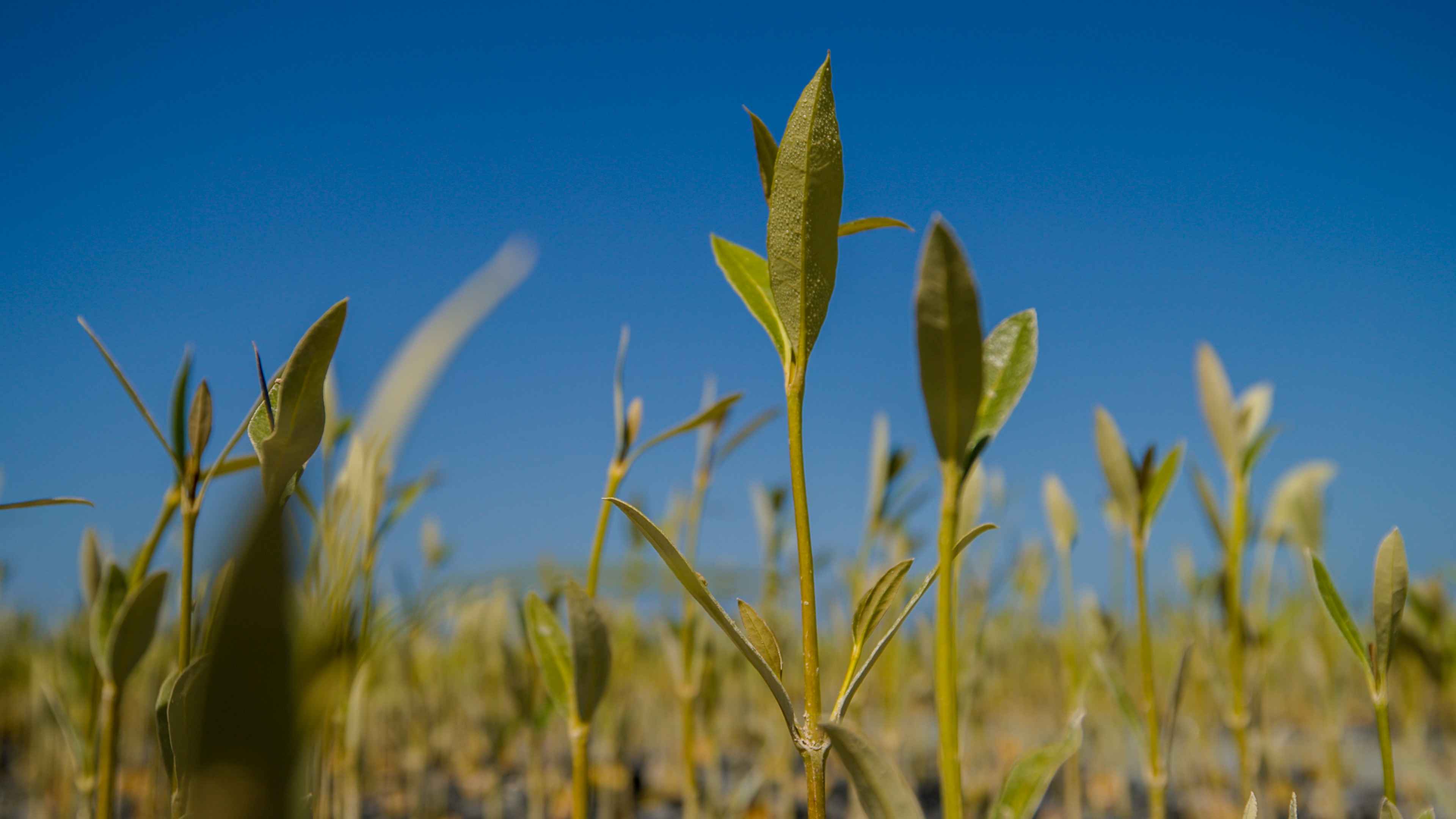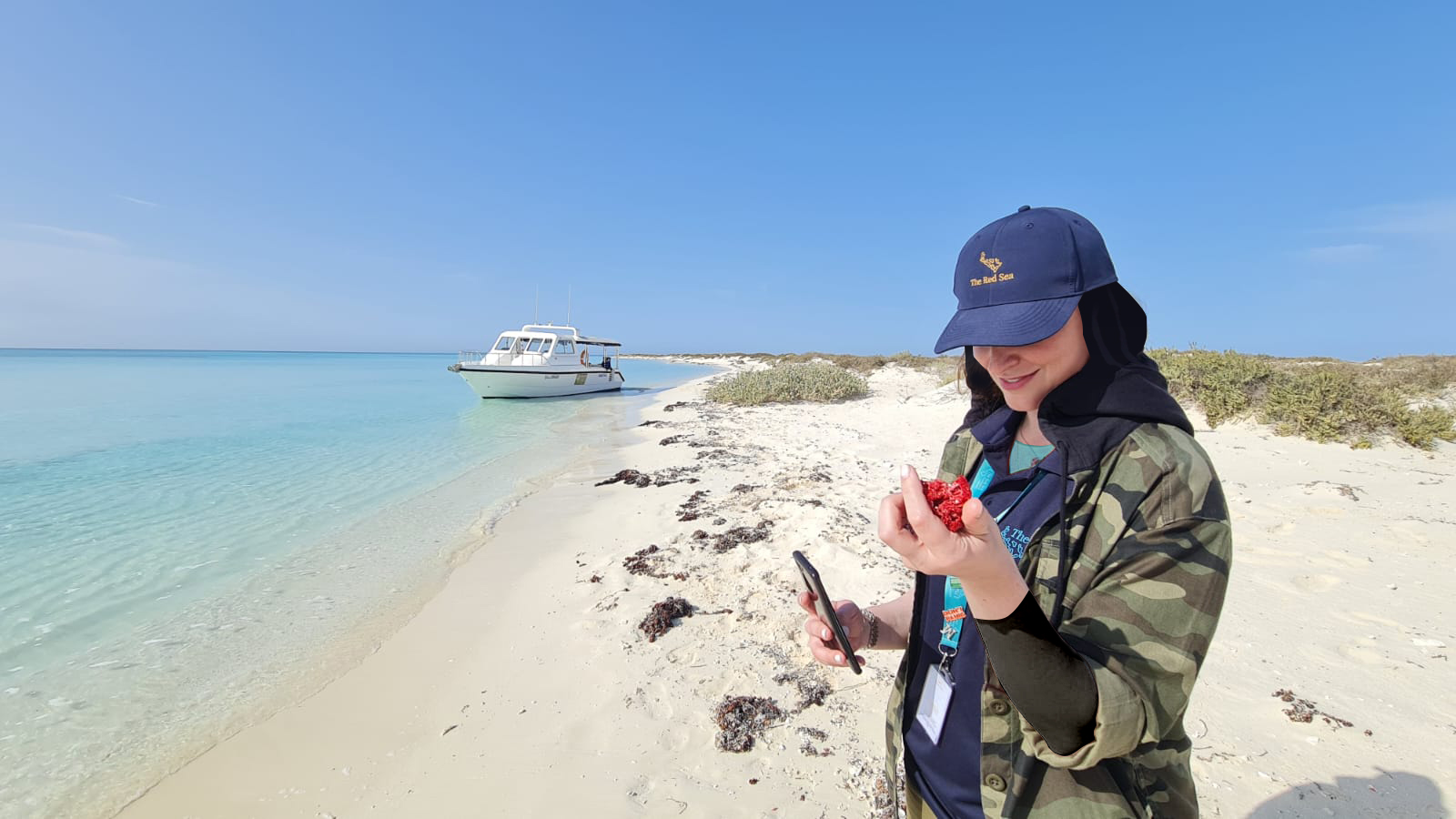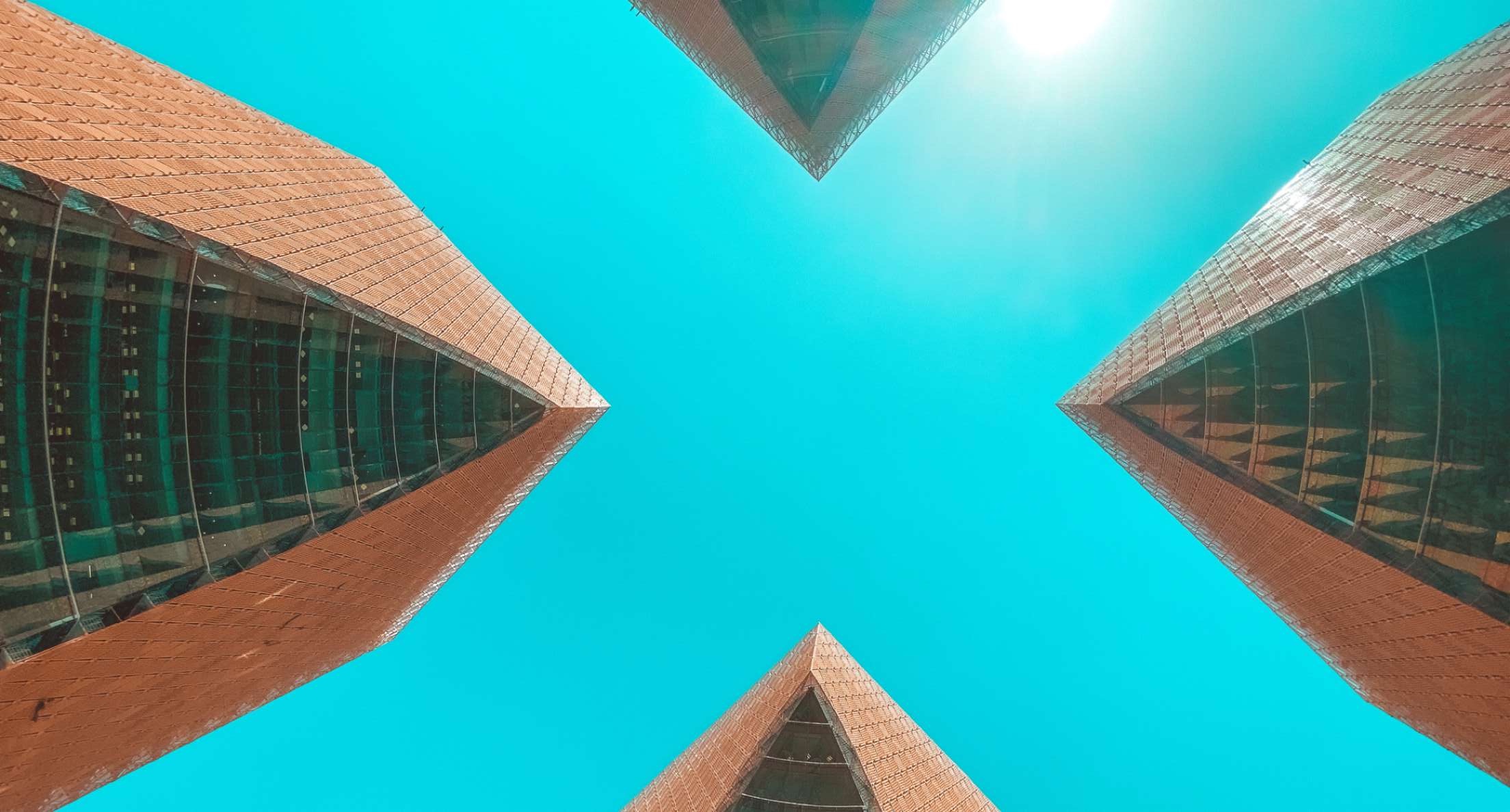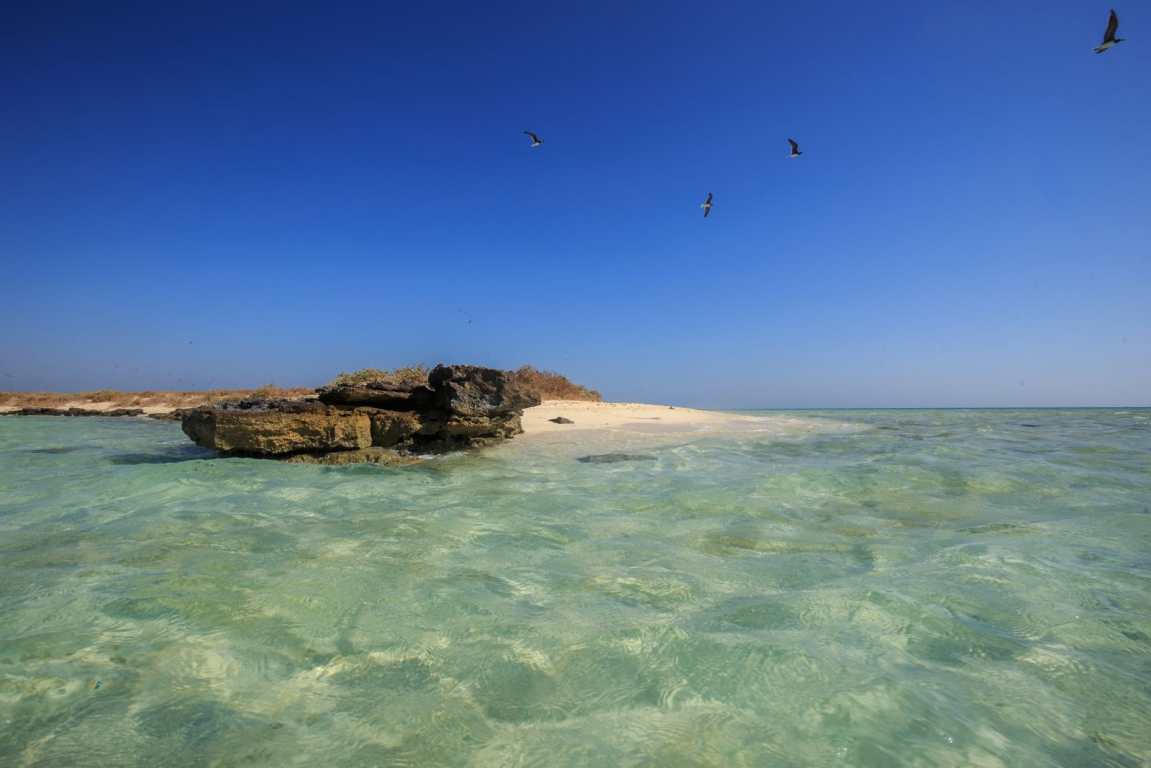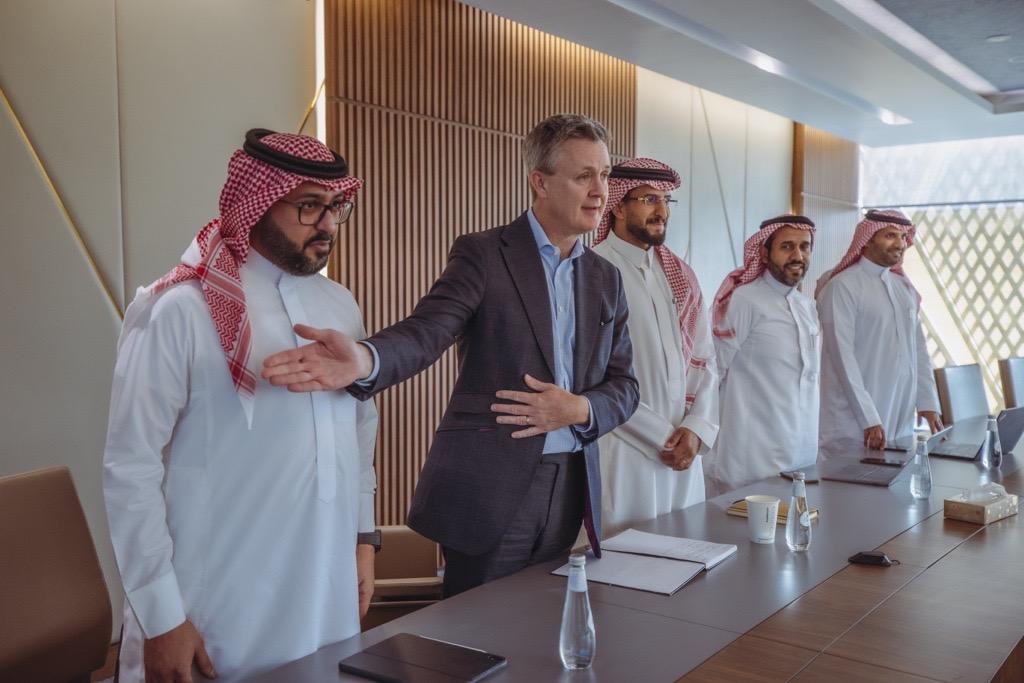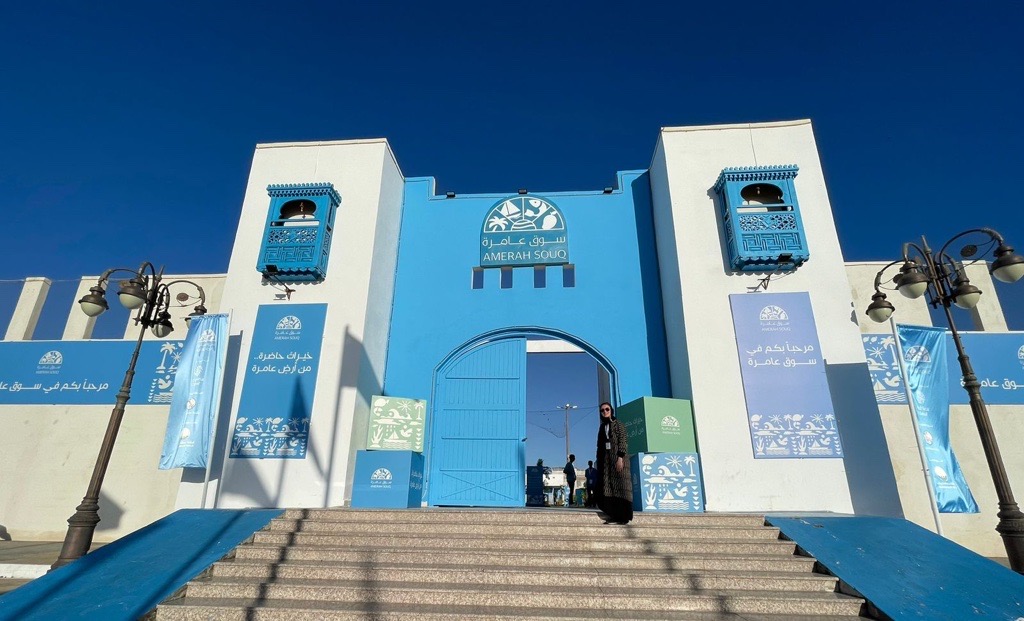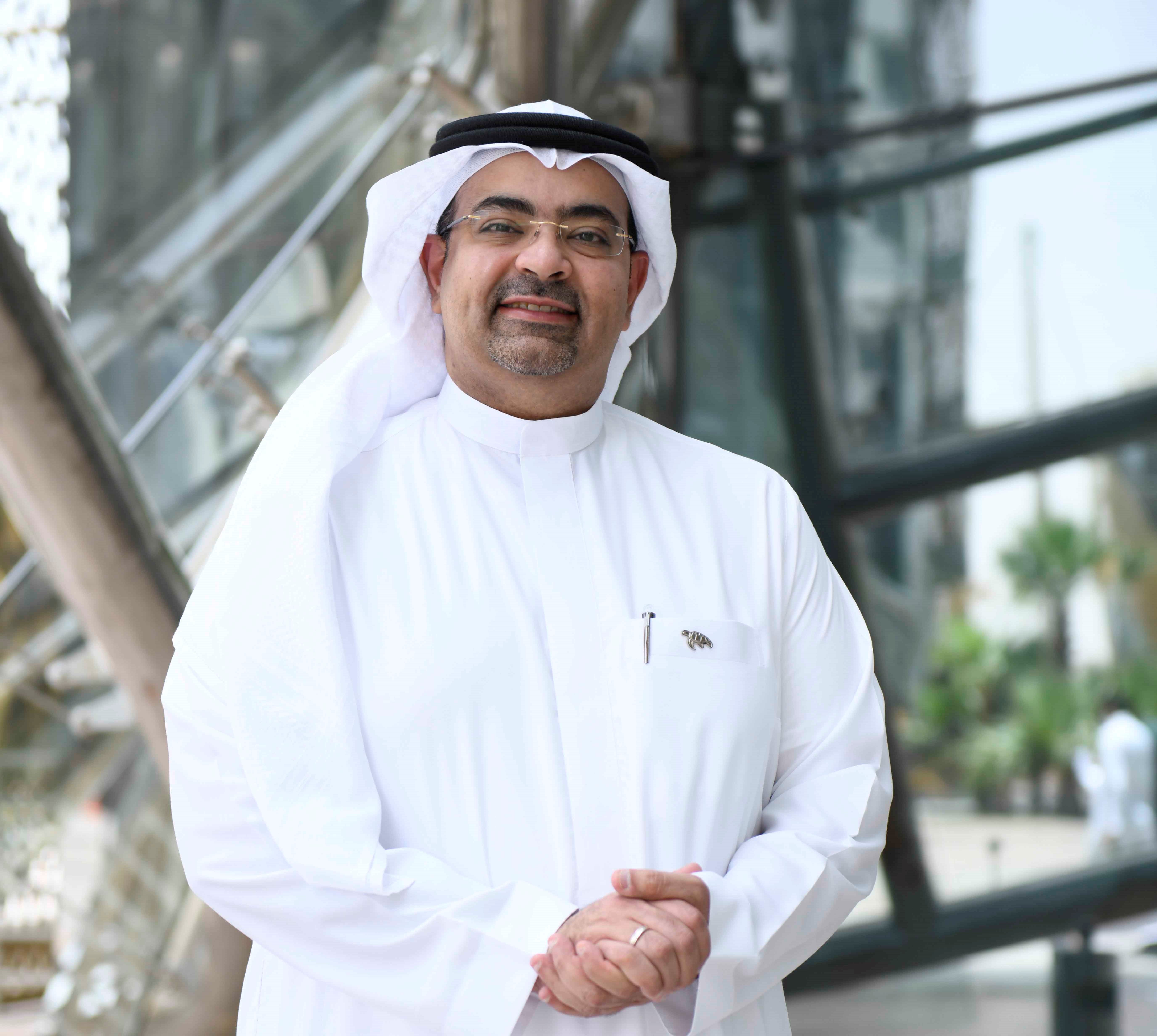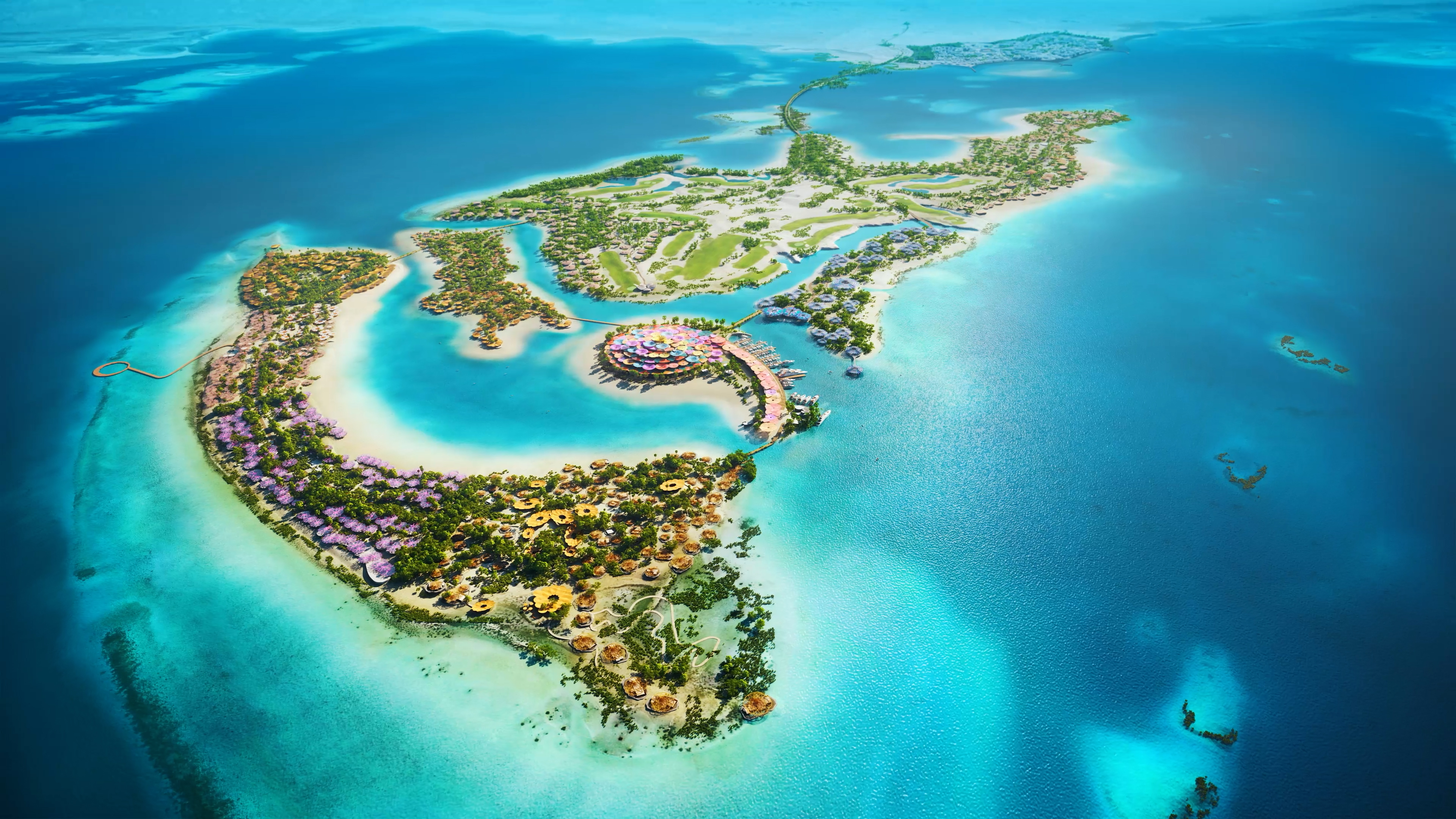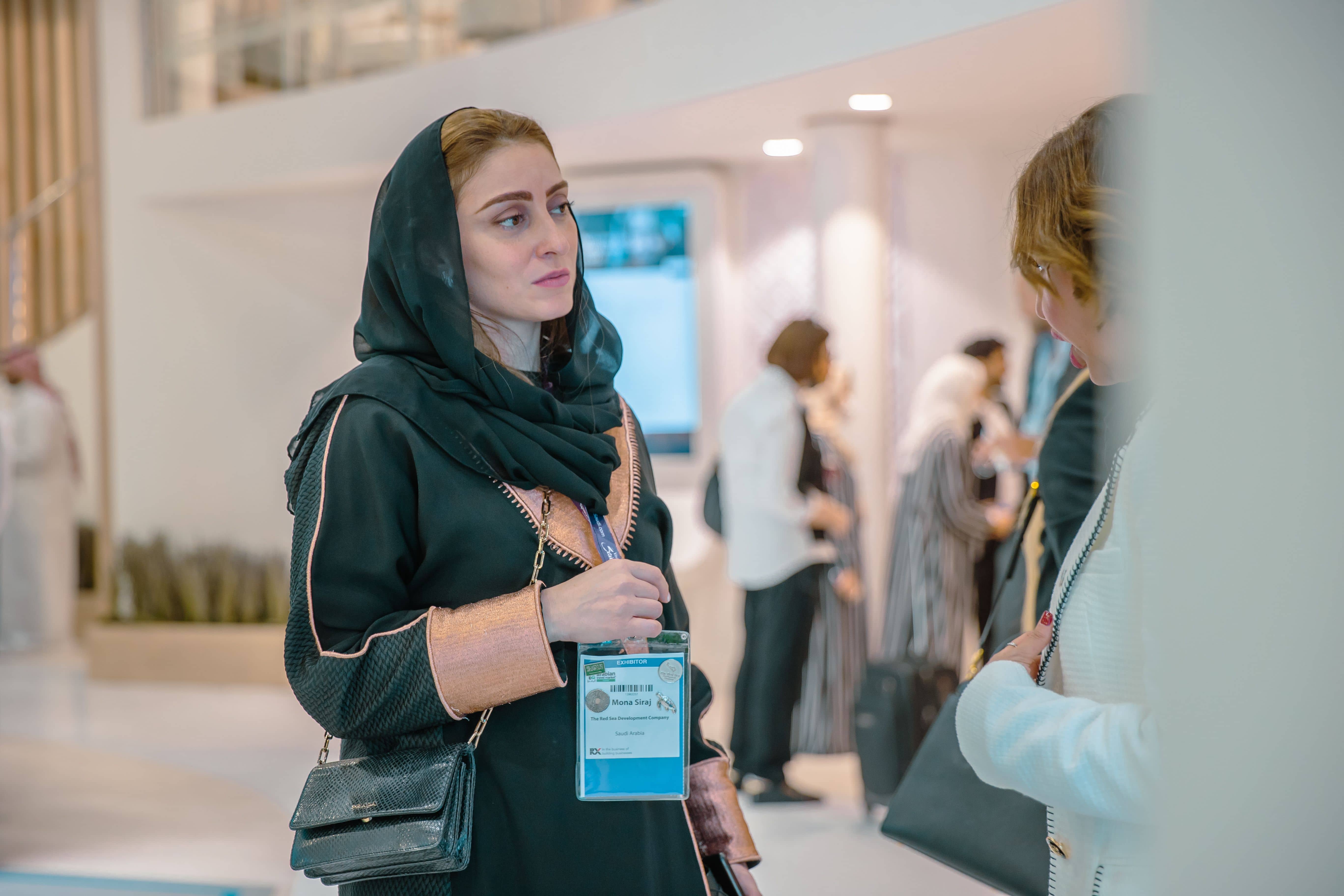Why maintaining local biodiversity should be the foundation of every tourism destination
By Dr. Rusty Brainard, Chief Environmental Sustainability Officer at The Red Sea Development Company (TRSDC)
A flourishing and biologically diverse environment is crucial for tourism destinations which hope to make a positive impression on nature-inspired travellers. Yet many destinations overlook this important element and often inadvertently cause lasting damage to their local environment, thereby losing potential travellers who prioritize sustainable destinations.
It can be a complex and challenging task to protect a destination’s biodiversity, but one that should never be overlooked. And with International Day for Biological Diversity taking place on 22nd May this year, the coming weeks are the perfect time for destinations to reflect on how they impact the biodiversity where they operate.
At The Red Sea Development Company (TRSDC), we have realized that sustainability is not good enough. To ensure that we are doing all we can to become standard-bearers in luxury ecotourism, we aim to be one of the first global destinations to demonstrate a regenerative tourism approach. We are committed to ensuring that the natural ecosystems of our destination thrive and grow for future generations to enjoy.
Protecting the land at all costs
Tourism projects that don’t consider the health of local biodiversity can put more pressure on local land use and potentially even endanger indigenous species.
The construction techniques used at The Red Sea Project aim to avoid these issues from the very start. During the project’s planning stage, we undertook an extensive Marine Spatial Planning exercise to improve the understanding about potential environmental impacts the development could have on the local area. Using the best available science, we have developed and are continuing to develop plans that will enhance the natural environment, rather than damage it, with the decision taken to leave 75% of the destination’s 90-plus islands untouched. In fact, less than 1% of the entire project area will be developed because of our sustainable planning approach.
Moreover, The Red Sea Project has ambitiously promised to deliver a 30% net conservation benefit by 2040, meaning we will enhance the local, natural, and cultural assets of the destination, as well as the quality of life of local people. From an environmental conservation perspective, we are striving to enhance biodiversity and abundance by the same 30% over this period. While setting this goal is admittedly exceptionally ambitious, we are working hard to identify and implement measurable approaches to achieve it, including plans to establish a vast no-take marine protected area and efforts to enhance biologically diverse habitats (coral reefs, mangroves, seagrasses, and native land vegetation) by 30%. By making real progress to achieve these goals, TRSDC is in a leading position to set new benchmarks for what is possible in sustainable development and regenerative tourism.
As an example, we have championed green concrete as a building material, which ensures that our sustainability begins from the ground up. In 2020, we partnered with green concrete experts, AlFalah Ready Mix, to supply the destination with structural low-carbon concrete, manufactured using recycled raw materials, which is currently producing around 1,200 cubic meters of green concrete per day.
Alongside this, we’ve refined our construction techniques to introduce off-site manufacturing, helping to minimize our environmental impacts and set new standards in efficient construction methodologies. We’ve worked with expert partners from around the globe who specialise in prefabricated construction methods and building technologies to ensure most construction takes place off-site. This involves creating units elsewhere in the Kingdom and shipping them to the destination for assembly and installation, which reduces our human footprint on the ground and allows us to move faster and more efficiently.
Sustainable resources
Without careful tourism planning and management, creating a tourist destination within the local environment can have substantial negative impacts. Local natural resources, such as drinking water and building materials, can be significantly depleted by the presence of a manmade destination, particularly if there are no checks or balances in place to prevent overconsumption. By hoarding resources and outstripping demand, these destinations can even threaten the living standards of the local population, particularly if resources were scarce before.
At TRSDC, we take these issues very seriously. This is why we have partnered with SOURCE, the world’s first renewable, sustainable water brand, to set a new global standard in bottled water. Through the collaboration with SOURCE, The Red Sea Project will become the first destination on earth to offer bottled water made purely from sunlight and air. The water is produced using patented solar technology that draws pure water vapor out of the air and converts it to premium, mineralized drinking water.
Economic implications
Alongside environmental impacts, not having the right level of respect for biodiversity can also hurt destinations economically. This is largely due to changing traveller expectations, with a growing number expecting their next destination to be sustainable. In 2020, 53% of global travellers will want to travel more sustainably in the future, with the COVID-19 pandemic causing many to realise the human impact of travel on the environment. As a result, it’s crucial that travel destinations demonstrate their efforts to conserve and protect local biodiversity with actions because they may struggle to retain and attract travellers if they don’t.
At TRSDC, we understand these evolving traveller needs and seek to pioneer efforts to continue changing the attitudes of travellers toward sustainability . We go beyond low or zero impact, beyond conservation – we choose regeneration. Our guests will be safe in the knowledge that their travel choices will not harm the environment, and we look forward to welcoming inquisitive customers who require genuine sustainability, conservation, and regeneration commitments.
We want to attract visitors who share the our values in protecting our beautiful planet. We have a number of initiatives in place that will help us keep this goal. For instance, our destination will be powered solely by 100% renewable energy. The resulting saving in CO2 emissions to the atmosphere for phase one of the project is equivalent to nearly half a million tons each year. Renewable energy is just the first step in our broader commitment to be fully carbon neutral, or even climate positive, throughout the lifecycle of The Red Sea Project.
Responsibility to protect
Over-development has led to the severe damage of some of the world’s most beautiful natural locations, whether that’s through pollution or overconsumption. Every travel destination has the responsibility to protect the environment and avoid these consequences, otherwise they will find themselves eventually driving business away.
We can see through the work TRSDC is doing that it is possible to build a destination whilst not just protecting but enhancing the area’s most natural and beautiful assets. With ambitious conservation and biodiversity targets, the project is not only aiming to maintain the local environment but improve and ensure that it remains a diverse ecosystem for guests to experience and the local population to benefit from.
About Red Sea Global
Red Sea Global (RSG - www.redseaglobal.com) is a closed joint-stock company wholly owned by the Public Investment Fund (PIF) of Saudi Arabia. It is a vertically integrated real estate developer with a diverse portfolio across tourism, residential, experiences, infrastructure, transport, healthcare, and services. This includes the luxury regenerative tourism destinations The Red Sea, which began welcoming guests in 2023, and AMAALA, which remains on track to welcome first guests in 2025. A third destination, Thuwal Private Retreat, will open this year, and RSG has also been entrusted with refurbishment works at Al Wajh Airport, focused on upgrading the existing terminal and infrastructure, and building a new international terminal. RSG is a cornerstone of Saudi Arabia’s ambition to diversify its economy. Across its growing portfolio of destinations, subsidiaries, and businesses, RSG seeks to lead the world towards a more sustainable future, showing how responsible development can uplift communities, drive economies, and enhance the environment.
RSG is the visionary company behind some of the world’s most ambitious
development ventures, including luxury regenerative tourism destinations
such as The Red Sea and AMAALA.
Across its portfolio, RSG leverages the most innovative concepts,
strategies, and technologies to deliver projects that actively enhance
the wellbeing of customers, communities, and environments.



